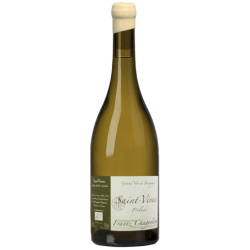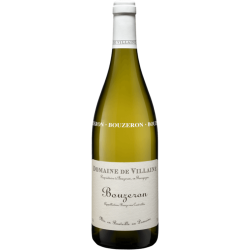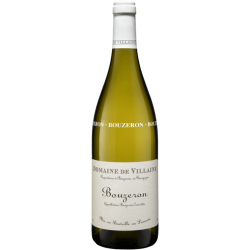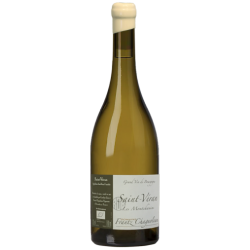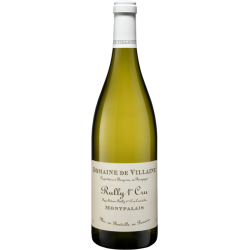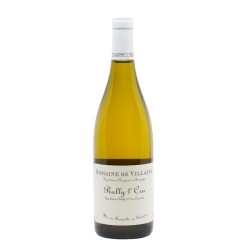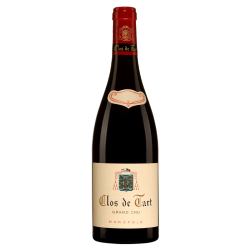Burgundy
Burgundy Wines: The Excellence of Terroir and Tradition
Burgundy wines, produced in one of France's most prestigious wine regions, are renowned for their exceptional quality and finesse. With a winemaking tradition dating back to the Middle Ages, Burgundy is the birthplace of some of the world's greatest red and white wines.
Origin and Terroir
Burgundy is located in eastern France, along the Saône Valley, stretching from Dijon in the north to Mâcon in the south. This region is divided into several sub-regions, each with its own geological and climatic characteristics, contributing to a wide variety of wines. The diverse soils, ranging from limestone to clay and marl, play a crucial role in expressing the grape varieties.
Key Grape Varieties
Burgundy is famous for its specific grape varieties, each offering distinct flavor profiles:
Red Wines: Pinot Noir is the primary grape for red wines, producing elegant wines with aromas of red fruits, spices, and earthy notes. Grand crus such as Chambertin and Romanée-Conti are iconic examples.
White Wines: Chardonnay is the predominant grape for white wines, offering a range from the freshness and minerality of Chablis to the rich and buttery aromas of Meursault and Puligny-Montrachet.
Rosé Wines: Burgundy rosés are less common but stand out for their finesse and freshness, often featuring red fruit notes and balanced acidity.
Winemaking Process
Winemaking in Burgundy is characterized by a deep respect for tradition and meticulous attention to detail:
Harvesting: Grapes are hand-picked to ensure quality and ripeness.
Fermentation: Grapes are vinified separately in tanks or barrels to extract the best flavors.
Aging: Wines, especially whites, are often aged in oak barrels to add complex notes and elegant structure.
Blending: In Burgundy, most wines are single-varietal, highlighting the purity and specificity of the grape variety.
Tasting and Pairings
Burgundy wines pair beautifully with a variety of dishes. Reds, with their structure and subtle aromas, complement white meats, mushroom dishes, and aged cheeses. Whites, with their diverse styles, go well with seafood, fish, and cream-based dishes. Lighter rosés are ideal for summer dishes and appetizers.
Active filters

